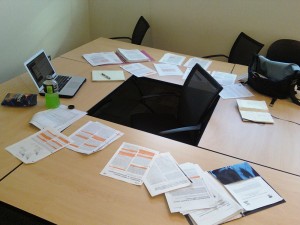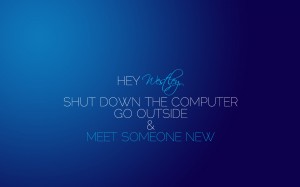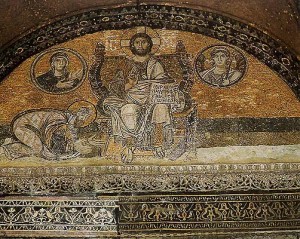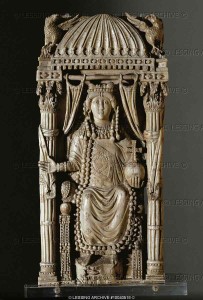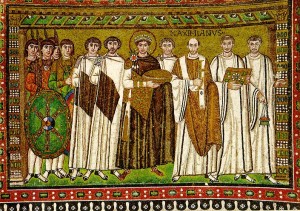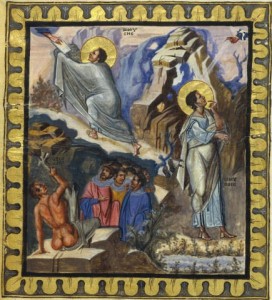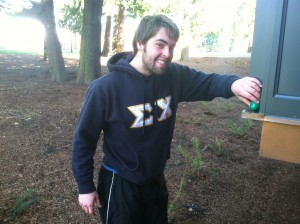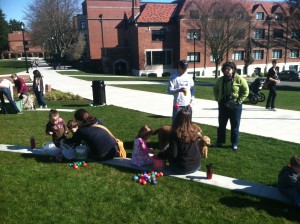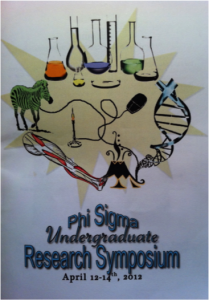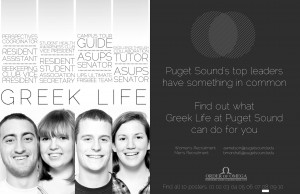Now that I have told you about how I became interested in studying art history and Byzantium I’ll talk about how I went about applying to graduate school how I and made the decision to attend.
This week I have been interviewing professors and students at Puget Sound for a project I am working on about graduate school in the humanities. I’m interested in a series of articles from the Chronicle of Higher Education advising would-be PhD students against entering graduate school in the humanities. The author of the articles cites dire job prospects, high rates of attrition and high financial risks involved. He does not think it is worthwhile for students to undertake a PhD in the humanities unless they are independently wealthy, have a spouse who can support them, or have no expectations of finding tenure-track employment after graduation. One of the things I have been looking through my interviews is whether or not students and professors find this advice unrealistically harsh or an accurate representation. The responses I have received so far are extremely varied. One student was wholly unfazed by the articles’ warnings, yet one professor I spoke with said they were perhaps not harsh enough.
The obvious issue with this advice is that someone does actually have to go to graduate school in the humanities. Even with cutbacks, universities still need to hire some new professors. If everyone really did follow the Chronicle articles’ advice and stopped going to graduate school there would eventually be nobody left. If someone does have to go to graduate school how can students know if they are that person? When I asked professors this question they said it was difficult to answer. They agreed that students must have a passion and commitment to their desired field but that it does not necessarily mean they will be successful. One professor said that while she has no clear cut way of knowing who will succeed, advanced writing skills are probably the best indicator.
All of this information is overwhelming. My discovery of the Chronicle articles this summer corresponded with the high point of my stress level and feelings of inadequacy over the outcome of my summer research. I swore off art history (for all of a month and a half) and was determined to make myself want a corporate career and a sure-thing job. This was a weird month for me and its weirdness was fueled by the fact that I thought I had been a complete and utter failure at summer research. I was wrong. What I was really experiencing was a totally normal part of committing myself to a project and not having it turn out exactly as I had planned.
Summer research is tricky. You go into it thinking you have all the time in the world to prove a thesis that is so groundbreaking and profound it will literally alter the future of your discipline (just me?). You’re used to having 2-4 weeks to research and write a 15 paper while still doing all of your other classwork and activities. You think – hey, if I can write a great paper in three weeks think of the paper I will write if I have three months! In reality it doesn’t really work that way. Three months is not as long as you would think. It takes time to get books from Summit and Worldcat and it takes even more time to read them. When you think you have all the time in the world you spend ten minutes on each page taking an excessive amount notes and looking up every single footnote, reference and untranslated German word. What I would come to realize was that doing actual grown-up research takes exponentially more time than rushed “trying to finish this paper at 2am” research. I was not a failure because I didn’t come up with any truly groundbreaking conclusions. Instead I learned how to be more self-disciplined, and got the incredible experience of being paid to do nothing but research all day and learn how to be a better scholar.
Once I got over my month-long overly dramatic identity crisis I was ready to start looking at grad schools. I knew that I only wanted to apply to school that offered terminal masters degrees. I need to get a lot more perspective before I even consider applying for a PhD. I thought about a couple schools on the east coast, but ultimately the University of Washington was the most appealing to be because of its size, faculty and location. Location is huge to me right now. I’m not going to pretend that I am not scared to death about what my life is going to be like after graduation. Being close to my friends who are staying in the area or still at Puget Sound is really important to me right now. I want to get some distance, but I also like knowing that I’m going to have many old friends around if I need them. I would also have to buy all new outerwear – I’m not sure how well Patagonia on top of formalwear goes over outside of the PNW.
For me, making the decision to attend graduate school was not difficult at all. They offered me money! If it hadn’t been for that I am not sure what my decision would have been. I feel so fortunate that I didn’t have to make a tough decision about school next year. I’m so excited to start at a new school in the fall, and knowing that I have a plan is going to make graduating much easier.




